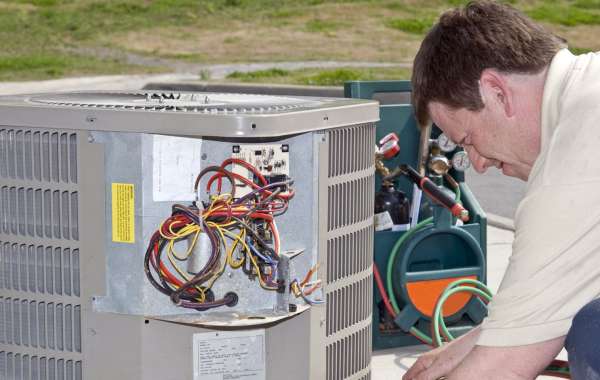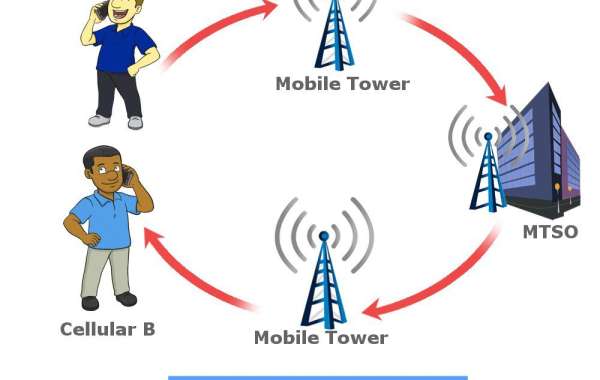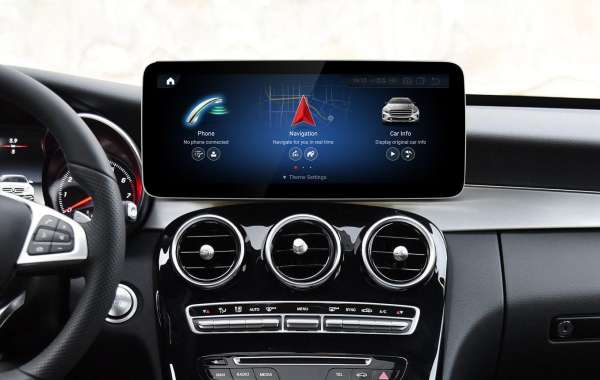As you research air heat pump installation, make sure to find a qualified contractor with experience in this type of HVAC technology. The best way to do this is to ask for referrals from neighbors, friends and business associates who have had a heat pump installed recently. You can also contact local green-energy resource groups who may be able to recommend contractors familiar with this equipment. In addition, you should get price quotes from several companies and choose a company that will perform a complete installation, including sizing the system, ductwork and electrical connections.
An air source heat pump is a hybrid heating system that uses a combination of electric and gas furnace equipment to provide comfort in your home. It has an outdoor unit that looks very much like a central AC unit, and an indoor unit that resembles a standard furnace. Both units have aluminum fins and coils that release or collect heat, and they are connected by a refrigerant line filled with liquid that transports energy between the two. The indoor unit connects to a blower, which moves the refrigerant through the home's ductwork or through radiant heating systems.
The first step in a heat pump installation is to prepare the house for the new system. This includes clearing the area where the outdoor unit will be placed, preparing the ductwork if your home has a ducted system and, if necessary, installing ductwork in your home. In some cases, the contractor will also replace the existing electrical panel with a new one that can support a high-voltage HVAC setup.
Before the contractors begin working on your system, they should shut off power to your home. They will then disconnect the existing outdoor and indoor units as well as the refrigerant line set. Next, the contractors will capture the refrigerant in a special container. This is done to protect the environment as the contractors are working with a substance that is considered hazardous. The contractors will then re-connect the high and low-voltage wiring as needed.
The contractors will then install the new evaporator coil. This can be either a cased or uncased coil. Cased coils are preferred because they have insulated panels that allow for easy access to the coil. This makes maintenance easier and less likely to be impacted by debris.
Once the evaporator coil is installed, the installer will install the indoor unit. If your home has a ducted system, the indoor unit will connect to your existing ductwork, or it will be connected to heat distributors if your home does not have ductwork. If you have a non-ducted system, the indoor unit will be connected to radiators or underfloor heating. Once the system is tested and commissioned, you'll be ready to enjoy its efficiency and comfort!




